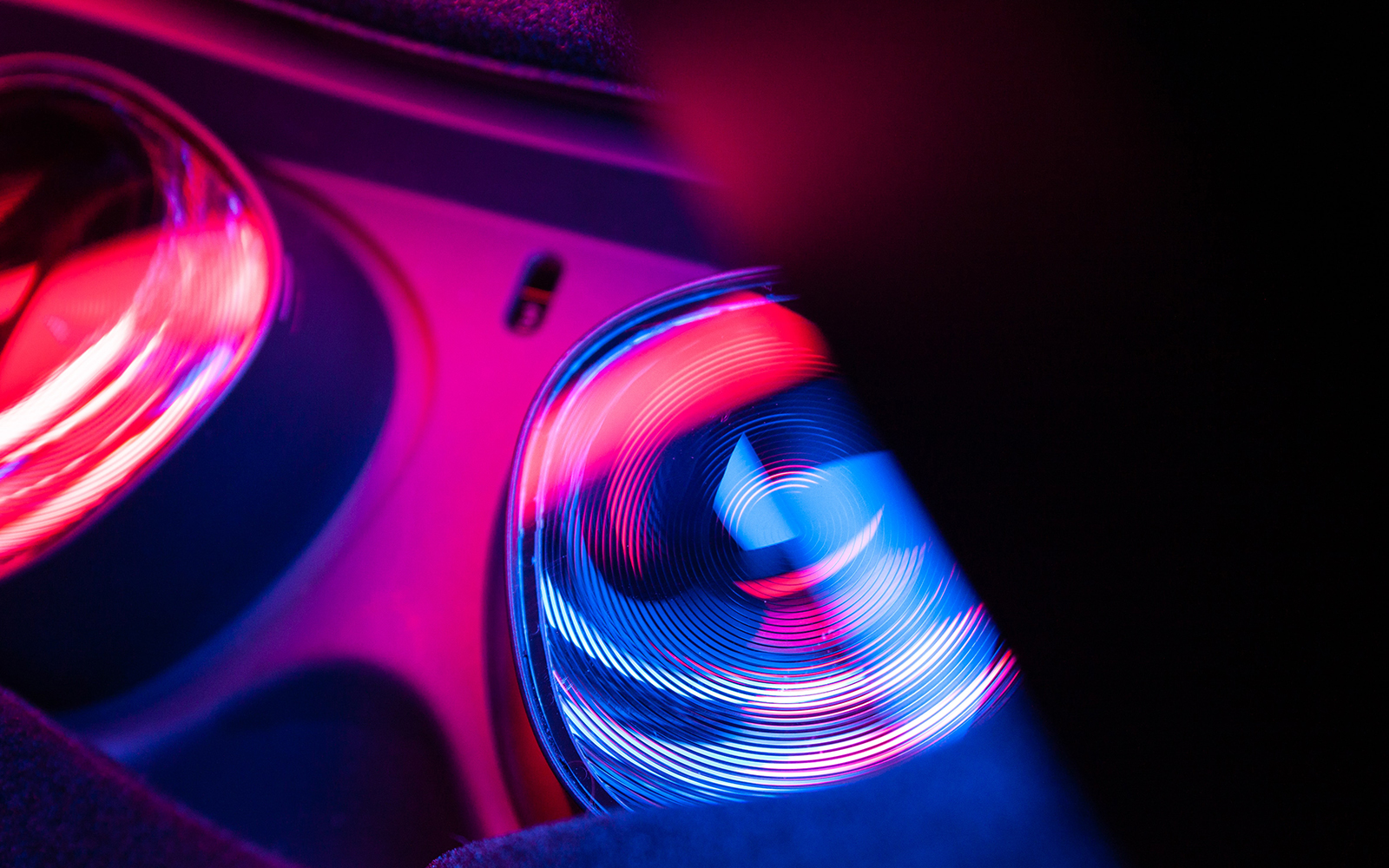
Holograms make better augmented reality – A*STAR Research
Picture yourself on vacation, touring a new city on foot. At every turn, the augmented reality (AR) headset strapped to your face displays everything from information on historical landmarks to restaurant reviews superimposed on the buildings themselves. This scenario may not be too far off: AR has the potential to create such powerful, immersive experiences by blending real and online worlds, transforming how we learn, play and explore.
Although they’ve come a long way, experts say today’s AR technologies still have notable limitations. Existing devices typically use two 2D display panels that show two slightly different perspectives of the same object, much like the glasses worn during 3D movies. Depth isn’t projected accurately, and AR headsets are bulky with small, low-resolution viewing windows.
Arseniy Kuznetsov, a Principal Scientist at A*STAR’s Institute of Materials Research and Engineering (IMRE), says that this suboptimal 3D viewing experience takes its toll on the wearer over time.
“Prolonged usage of this kind of AR device can cause eye fatigue, nausea and discomfort to the viewer,” said Kuznetsov.
Kuznetsov’s team, in collaboration with researchers from Nanyang Technological University’s School of Electrical and Electronic Engineering, has been developing holograms as the “ultimate solution” for more realistic 3D displays. The researchers leveraged the unique properties of metasurfaces—specialised nanopatterned surfaces composed of nanostructures smaller than the wavelengths of light. These surfaces eliminate the need for traditional bulk optics, projecting ultra-sharp 3D holograms on compact, lightweight headsets with wide-angle views.
In their study, they described the generation of an advanced holographic near-eye metasurface display. They showed that the holograms could project high-quality virtual 3D scenes that overlay with the real world with more accurate depth depiction. In addition, they demonstrated how to make these metasurfaces using deep-ultraviolet immersion photolithography, a relatively low-cost manufacturing technique that uses standard semiconductor fabrication processes.
“Our technique allows high-resolution metasurface devices to be fabricated in a scalable manner, extending their application in optics beyond holography to flat lenses and complex beam generation,” Kuznetsov said, adding that it could expand horizons for AR in education, entertainment and medicine.
The team has plans to make their metasurfaces dynamically tunable, paving the way for next-generation AR headsets that could finally allow their users to immerse themselves in an augmented reality.
The A*STAR researchers contributing to this research are from the Institute of Materials Research and Engineering (IMRE) and the Institute of Microelectronics (IME).
The results of this present work are also being used to file a patent application by A*STAR and Nanyang Technological University.
This content was originally published here.

